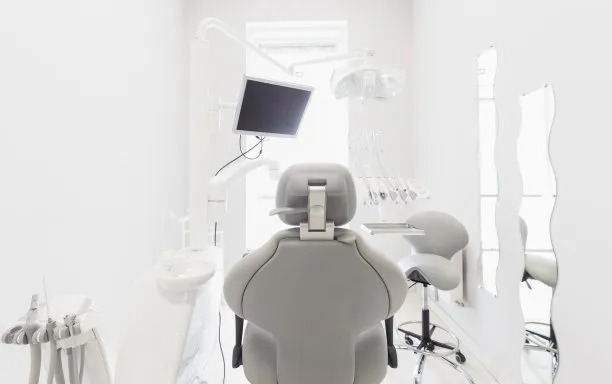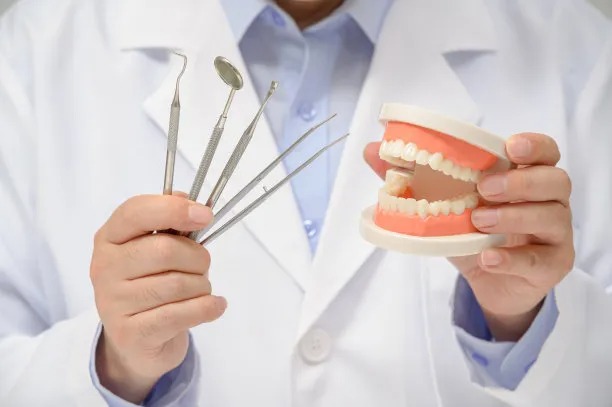Revolutionary Advances in Dental Implant Treatment Improving Aesthetics and Functionality for Patients Worldwide
Summary: Dental implant treatments have undergone revolutionary advancements that significantly enhance both aesthetics and functionality for patients worldwide. Innovations in materials, technology, and techniques are transforming the landscape of dental care, making implants more accessible and effective than ever. This article explores four key areas of improvement: advances in implant material technology, innovations in surgical techniques, enhanced imaging and planning procedures, and patient-centered design considerations. Each aspect highlights how these developments not only optimize clinical outcomes but also improve patient satisfaction, leading to a brighter future for dental health worldwide.
1. Advances in Implant Material Technology

The development of more biocompatible and durable materials has revolutionized dental implants. Traditionally, titanium has been the go-to material due to its strength and compatibility with human tissue. However, advancements have led to the introduction of new materials, such as ceramic and zirconia, which not only offer excellent biocompatibility but also enhance aesthetics by matching the natural tooth color. These innovations ensure that patients can achieve a more natural-looking smile while benefiting from the durability of modern materials.
Additionally, surface modifications on implants have significantly contributed to improved osseointegration—the process where the implant fuses with the jawbone. Treatments such as sandblasting and acid etching allow for greater surface area contact, encouraging better bone integration and stability. Enhanced stability translates into greater functionality and a reduced risk of implant failure, thus elevating the overall success rate.
Furthermore, the use of bioactive coatings on implants, designed to promote bone growth and healing, represents a significant leap forward. These coatings can accelerate osseointegration and reduce recovery times, allowing patients to enjoy the benefits of their implants more quickly. Such technological advancements pave the way for longer-lasting and more effective dental solutions.
2. Innovations in Surgical Techniques
In recent years, minimally invasive surgical techniques have gained prominence, significantly altering the dental implant landscape. Traditional implant procedures often required extensive incisions and prolonged recovery periods. However, guided implant surgery and flapless techniques now allow for precise placement of implants with minimal trauma to the surrounding tissues. As a result, healing times are shortened, and discomfort is significantly reduced for patients.
Moreover, the advent of computer-aided implant surgery has revolutionized precision. Utilizing 3D imaging, dental professionals can create highly detailed treatment plans and use surgical guides to ensure accuracy during placement. This technology minimizes errors and enhances the overall success of implant procedures by allowing for optimal positioning tailored to the individual patients anatomy.
Training and education for dental professionals in these innovative procedures also contribute to improved outcomes. Continued education ensures that practitioners are equipped with the latest techniques and technologies, enabling them to provide patients with the highest standard of care in implant dentistry.
3. Enhanced Imaging and Planning Procedures
The role of advanced imaging technology in the dental implant process cannot be overstated. Techniques such as cone beam computed tomography (CBCT) provide three-dimensional views of the dental arch, jawbone, and surrounding tissues. This detailed visualization allows dental professionals to assess bone density and quantity accurately, leading to better treatment planning.
Furthermore, digital workflows have become a hallmark of modern implant dentistry. Integrated software systems facilitate the seamless exchange of patient data, allowing for improved collaboration among dental teams. These advancements result in a more structured approach to treatment, ultimately enhancing patient care and satisfaction.
In addition to improving planning and execution, enhanced imaging can also play a crucial role in post-operative assessments. Dental professionals can monitor the healing process more effectively, addressing any complications early on. This proactive approach to patient management helps ensure the longevity of dental implants and fosters trust between patient and provider.
4. Patient-Centered Design Considerations
Modern dental implant technology places a strong emphasis on patient-centered design. Dental professionals are increasingly considering the aesthetic preferences and functional needs of their patients. Customized implants and prosthetics now cater to individual requirements, ensuring that every patient receives a solution tailored to their unique mouth structure and desired outcome.
Moreover, the psychological aspects of implant dentistry are recognized as vital to patient satisfaction. Many patients experience anxiety regarding dental procedures; therefore, approaches that prioritize comfort and communication significantly enhance the overall experience. Sedation options and clear pre-operative information can help alleviate concerns, making the treatment process smoother.
Patient feedback has also become integral in refining dental implant technology. By understanding user experiences, manufacturers and practitioners can continue to innovate and improve products and services, further bridging the gap between clinical efficacy and patient satisfaction.
Summary:
The advancements in dental implant treatments have drastically improved aesthetics and functionality for patients, ensuring that they receive high-quality care tailored to their needs. From the technology used in materials to the integration of patient feedback, these changes represent a new era of dental implants that prioritize both health outcomes and patient wellbeing.
As the field continues to evolve, we can expect even greater developments that enhance the dental experience for patients worldwide, ensuring that they can smile confidently for years to come.
This article is compiled by Vickong Dental and the content is for reference only



